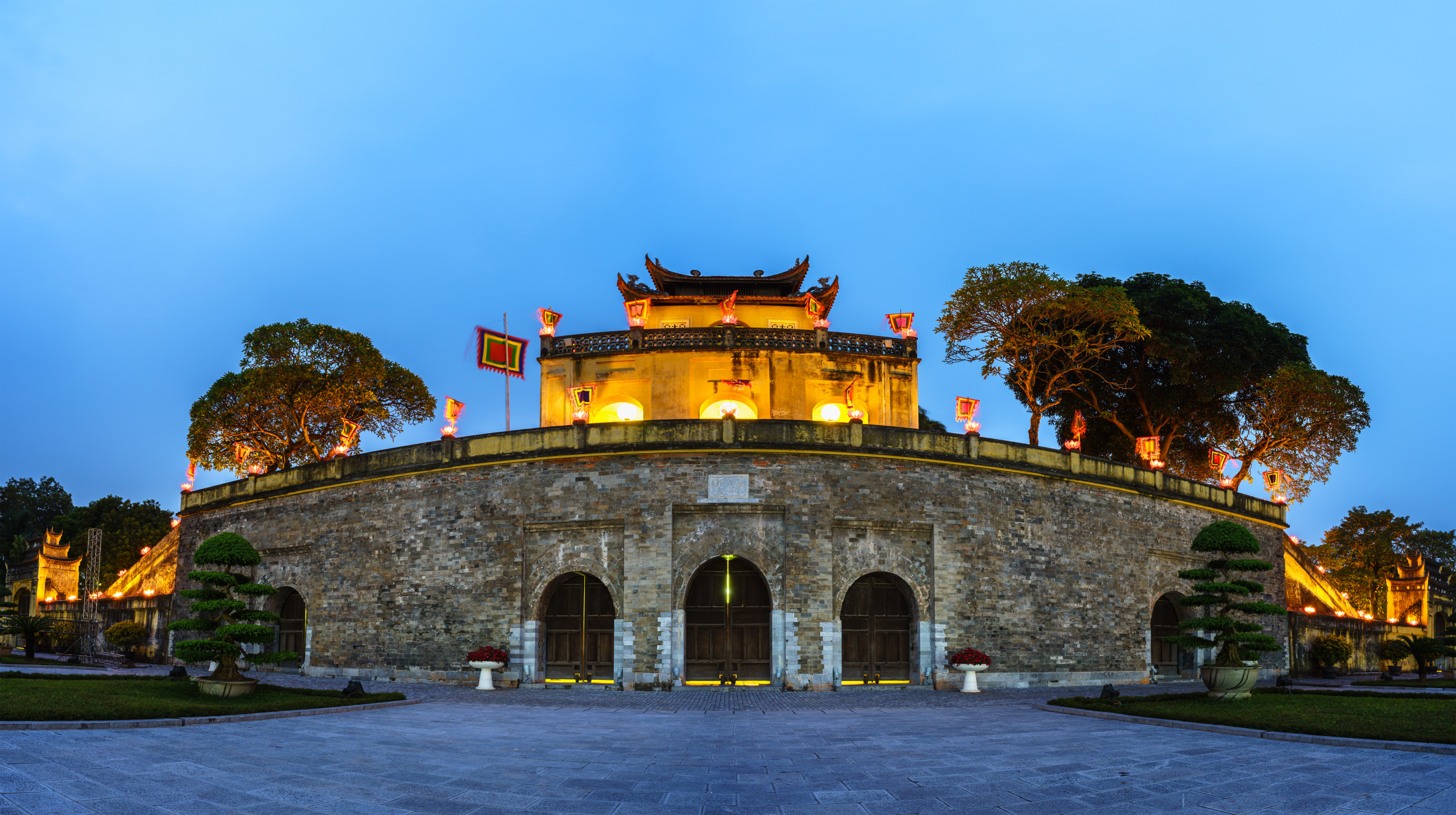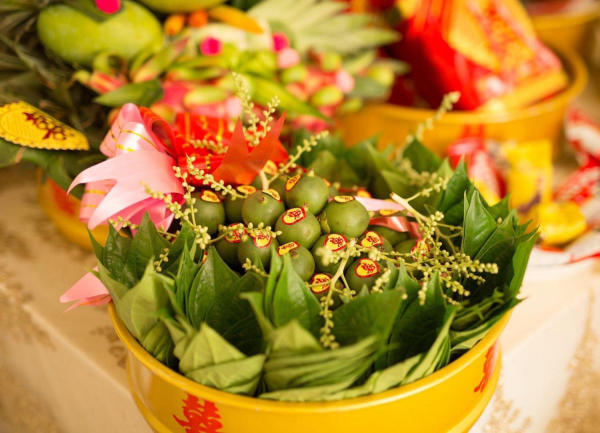Not only a cultural heritage with almost 1,000 years of history, Temple of Literature, the first university of Vietnam, is also one of the most picturesque tourist attractions in Hanoi with its traditional architecture imprints & lush green landscape.
Location, Opening hours & Tickets
Address: 58 Quoc Tu Giam, Van Mieu, Dong Da district
Opening hours: 8.00 – 17.00 daily
Ticket price:
Adults: VND 30.000/ ticket
Students, disabled people, Vietnamese older citizens (above 60 years old): VND 15.000/ ticket
Children under 15 years old, veterans, heavily disabled people : Free
Get direction
History of Temple of Literature
 Built-in 1070 under the reign of King Ly Thanh Tong, the Temple of Literature in Hanoi is a place to worship Confucius – a predominant philosophy in Vietnam in feudal times & to honor the passion for learning.
Built-in 1070 under the reign of King Ly Thanh Tong, the Temple of Literature in Hanoi is a place to worship Confucius – a predominant philosophy in Vietnam in feudal times & to honor the passion for learning.
Six years later in 1076, Quoc Tu Giam – Imperial Academy (located beside the Temple of Literature) was established by King Ly Nhan Tong. It was the first university in Vietnam. During this time, it was only dedicated to the king’s children & nobles, and aristocratic families.
Then, King Tran Thai Tong renamed Quoc Tu Giam into National Academy and accepted commoners’ children with excellent academic abilities into the school.
In the post-Le period, stone steles were built for those who passed the doctoral exam under the reign of King Le Thanh Tong.
In 1802, the Nguyễn dynasty’s monarchs established a new imperial academy in Hue, the new capital of the country. The academy at the Hanoi temple lost its prominence and became a school of the Hoài Đức District.
Temple of Literature: Architecture
Not only ranked as one of Hanoi’s most important cultural places, Van Mieu – Quoc Tu Giam is also a superb example of traditional-style Vietnamese architecture.

The temple is divided into five courtyards, each with its own significance and history. The first courtyard stretches from the main gate to Dai Trung gate. The second stands out with Khue Van Cac pavilion. If you notice well, you will find the pavilion symbol on all street signs of Hanoi.
 |
 |

The third courtyard – Thien Quang Well is where doctor names were listed on a tombstone above tortoise backs. There are a total of 82 tombstones, with names and origins of 1307 doctors, corresponding to 82 examination courses from 1442 to 1779. On March 9, 2010, the United Nations Organization for Education, Scientific and Culture (UNESCO) officially recognized 82 turtle steles in a list of world’s documentary heritage.
If you visit the temple at the beginning of the year or in May when many vital examinations take place, you will catch sight of numerous students who come and rub the tortoise’s head. Such an act is believed to bring them luck to pass the test.
The fourth courtyard – Dai Thanh Gate is dedicated for Confucius and his 72 honored students, as well as Chu Van An- a well-known teacher in Vietnam. This is also where local authorities choose to cherish brilliant students in Hanoi, like those with top entrance results to university or top graduation outcomes.
The last and also furthest courtyard is Thai Hoc house, which used to be Quoc Tu Giam- the first university in Vietnam. Thai Hoc households a small collection of old-time costumes for students and mandarins, as well as explaining the process of taking and passing the national examination.

Dos & Don’ts when visiting the Temple of Literature
- Prepare cash to buy tickets as they don’t accept credit cards
- Dress properly & politely when visiting the sanctuary
- You shouldn’t take photos directly to the gods
- Don’t talk loudly when in the sanctuary

 KR
KR JP
JP VN
VN

















